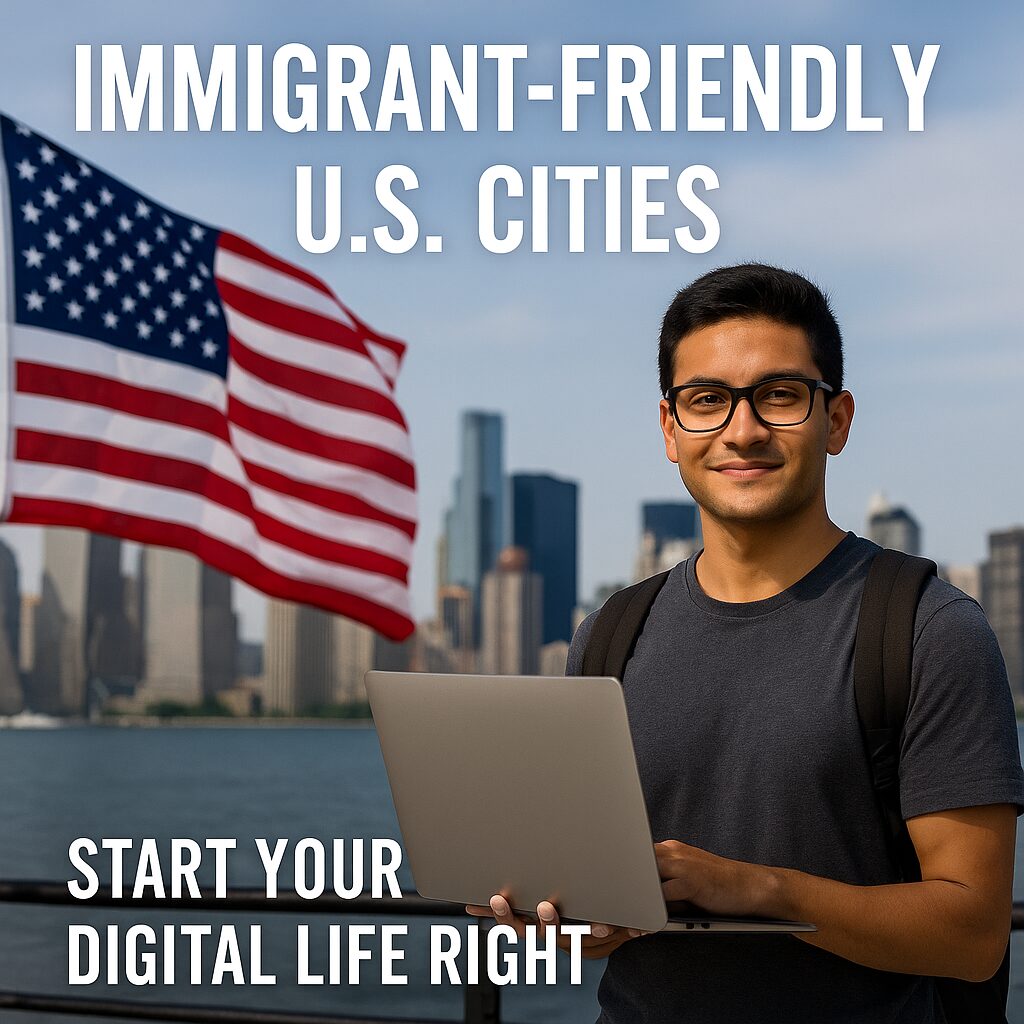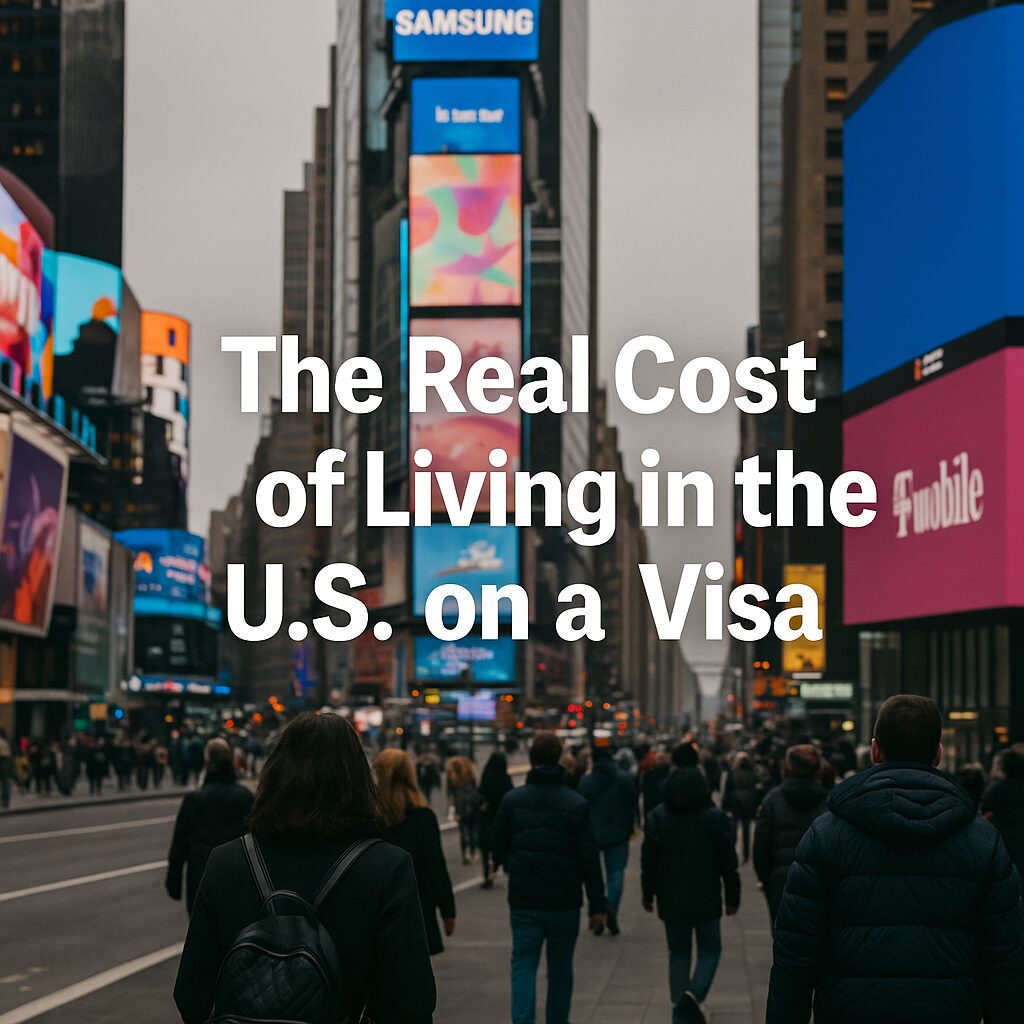Subtitle: How to Legally Earn and Grow as a Freelancer While Staying Fully Compliant with U.S. Immigration Law
Why Freelancing Makes Sense for Visa Holders
Freelancing is more than just a side hustle — it’s a flexible, scalable way to build your income.
But if you’re in the U.S. on a visa, things aren’t as simple as logging onto Upwork and getting paid.
The challenge? Not all visas allow freelance work, and even if they do, the conditions are complex.
The good news? Thousands of immigrants and visa holders do it successfully — legally and profitably.
This guide is your step-by-step roadmap to freelancing without violating your visa, while building income and freedom.
1. Can Visa Holders Freelance in the U.S.?
The answer depends on your visa type.
✅ Visas That Generally DO NOT Allow Freelancing:
| Visa Type | Freelance Allowed? | Notes |
|---|---|---|
| F-1 (Student) | Not allowed (unless CPT/OPT permits it) | Only on-campus or authorized internships |
| B-1/B-2 (Visitor) | Strictly prohibited | Even online work is considered unauthorized employment |
| H-1B (Work Visa) | Tied to employer | Can’t freelance outside sponsoring company |
✅ Visas That MAY Allow Freelancing:
| Visa Type | Freelance Allowed? | Notes |
|---|---|---|
| F-1 with OPT | Limited freelance allowed | Must relate to your major |
| J-1 | Depends on sponsor | Requires explicit written permission |
| E-2 (Investor) | If part of your business | You can work for your own company |
| O-1 (Talent) | Usually allowed | Must be documented and relevant to your skill |
| Green Card | Yes | Full freedom to freelance legally |
✅ Pro tip: If you’re unsure, speak with an immigration lawyer before accepting any freelance work.
2. Legal Ways to Freelance While on a Visa
Even if your visa doesn’t allow traditional freelance gigs, here are legal workarounds:
1) Freelance for an overseas client and get paid abroad
If you’re doing remote work for a non-U.S. company and not earning from U.S. sources, it’s sometimes acceptable — but check visa terms carefully.
2) Set up a business entity (like an LLC)
Some visas (like E-2, O-1) allow you to form a business and pay yourself. You must separate ownership from labor.
3) Work under CPT or OPT (for F-1 holders)
You can freelance only if it’s approved under CPT or OPT and directly related to your field of study.
4) Partner with a U.S.-based business
You may be able to contract legally if you’re added to payroll or engaged via proper documentation.
3. Best Platforms to Start Freelancing (Visa-Friendly Options)
Here are the top freelancing platforms that are commonly used by immigrants and visa holders:
| Platform | Best For | Visa Notes |
|---|---|---|
| Upwork | General freelancing | Requires tax ID or foreign payment setup |
| Fiverr | Creative gigs | Easy to set up, fast-growing platform |
| Toptal | Developers & designers | Highly competitive, must pass test |
| Contra | Portfolio-based freelance | Accepts international talent |
| Freelancer.com | Entry-level work | Many global clients, varied pay |
| Guru | Professional services | Less crowded, steady gigs |
| Workana | Spanish-language jobs | Ideal for bilinguals |
✅ Tip: Use Payoneer or Wise for receiving international payments if you can’t get a U.S. bank account.
4. How to Get Clients Without Violating Your Visa
If you’re allowed to freelance, here’s how to get started safely and professionally:
1) Build a portfolio site
Create a simple site (like carrd.co or Webflow) showcasing your skills.
2) Use LinkedIn the smart way
Don’t say “open to freelance” if not allowed — instead show your work and let clients reach out.
3) Join freelance communities
Use platforms like Indie Hackers, r/freelance, or local Slack groups.
4) Stay transparent with your clients
Let them know your working limitations upfront — most respect honesty.
5. Real Success Stories
Case 1 – Luisa (J-1 Visa, Graphic Designer)
Got permission from her sponsor to work part-time remotely for a company in her home country.
Built her design portfolio, now running a full-time remote design business from Chicago.
Case 2 – Aditya (F-1 with OPT, Developer)
Used OPT to freelance for a startup related to his major.
Eventually transitioned into full-time employment and got an H-1B.
Case 3 – Amina (O-1, Photographer)
Started as an Instagram content creator, used her portfolio to get featured gigs and eventually built an agency.
6. Important Do’s and Don’ts
Do:
- Check visa limitations first
- Keep clear records of your work
- Use contracts with all clients
- File taxes properly (self-employment tax may apply)
Don’t:
- Accept work from U.S. clients if your visa prohibits it
- Assume online work is exempt
- Work “under the table”
- Use someone else’s name or tax ID
7. Freelancing and Taxes in the U.S.
If you earn money from freelancing while in the U.S., you may owe taxes, even as a non-resident.
- File IRS Form 1040-NR (nonresident return)
- Report all income — even from overseas clients
- Use Schedule C for self-employed income
- Consider hiring a tax preparer familiar with non-resident taxes
Final Thoughts: Can Freelancing Work for You?
Freelancing in the U.S. as a visa holder isn’t impossible — but it requires smart planning, legal awareness, and flexibility.
If you’re willing to start small, stay compliant, and build your reputation, you can earn real money and even use freelancing to:
- Qualify for an O-1 or E-2 visa
- Build a business for future Green Card support
- Gain experience and referrals for better jobs
In a world where remote work is growing, freelancing is one of the few scalable, borderless opportunities — even on a visa.
📌 Coming Up Next:
In our next post, “How to Use Freelancing to Transition to an O-1 or E-2 Visa – Step-by-Step Blueprint,” you’ll learn how successful freelancers strategically use their portfolio and business setup to qualify for a visa upgrade—and build lasting opportunities in the U.S.














